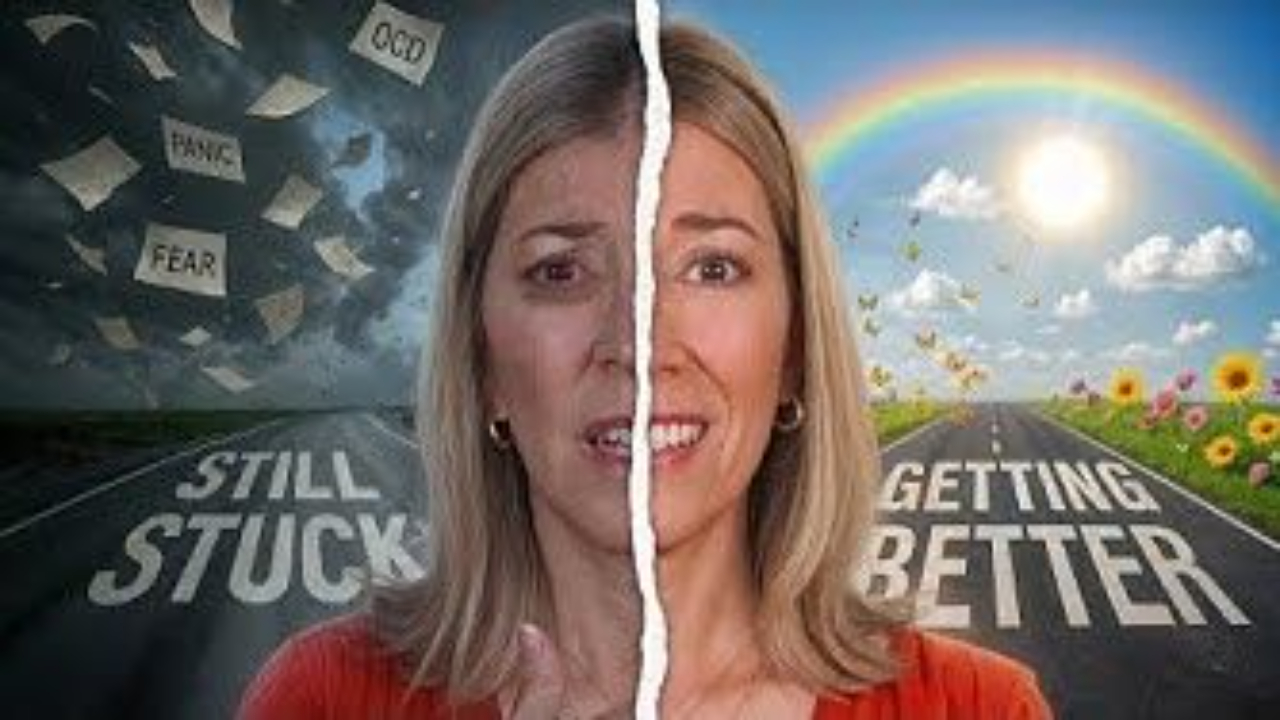
My Heart is Scaring Me - Cardiac Health Anxiety
In the realm of mental health, the experience of encountering distressing thoughts related to cardiac health anxiety can be deeply unsettling. This is precisely the predicament faced by individuals, whose heart-related concerns loom large, affecting their everyday lives. In this blog post, we will provide valuable insights into the intricate landscape of cardiac health anxiety, its origins, impact, and effective strategies for managing it.
Understanding Health Anxiety:
Cardiac health anxiety is part of a larger phenomenon called health anxiety or illness anxiety disorder. People possess anxiety sensitivity, a characteristic often associated with health anxiety and panic disorder. It amplifies their perception of bodily sensations, causing ordinary physical experiences to be interpreted as dangerous. The subsequent thought patterns and compulsive behaviours pave the way for the intensification of health anxiety, gradually corroding the quality of life.
The Cycle of Health Anxiety:
Health anxiety evolves into a relentless cycle. The constant preoccupation with symptoms compels to seek constant reassurance, often through excessive online research and medical consultations. Behaviours extend to avoiding situations, foods, and activities which are believed could trigger symptoms. What begins as an attempt to mitigate anxiety perpetuates the cycle, reinforcing the brain's association of sensations with danger.
The Role of the Brain:
The brain's response to health anxiety is reminiscent of OCD, involving both physical and mental compulsions. Compulsive behaviors and avoidance techniques heighten the body's stress response, exacerbating symptoms. This leads to a cascade of physiological responses, amplifying cardiac symptoms, making the cycle even more challenging to break.

Are you struggling with constant, obsessive worries about your health? Are you experiencing high anxiety and bodily sensations and symptoms that cause you to avoid the activities that you love? I can help you get back to enjoying your life again with Rapid Recovery from Health Anxiety: A Step-by-Step Guide to Stop Worrying and Reclaim Your Life.
Treatment and Strategies:
Navigating the complexities of health anxiety requires a multifaceted approach. Identifying safety and avoidance behaviors is a crucial initial step. Response prevention, which entails stopping these reinforcing behaviours, emerges as a cornerstone of recovery. Exposure and response prevention (ERP) techniques may also come into play to confront the feared sensations while refraining from compulsive behaviours. By systematically challenging these patterns, individuals can rewire their brain's association of symptoms with fear, fostering a sense of safety.
Medical and Therapeutic Collaboration:
A collaborative approach involving medical professionals and therapists is pivotal. A comprehensive medical evaluation to rule out any cardiac issues is vital before commencing therapy. Therapists can then work on response prevention and ERP, with medical providers' support, fostering a holistic recovery journey.
The journey from cardiac health anxiety to liberation involves dismantling the cycle of compulsion, avoidance, and fear. Transformation exemplifies the power of therapeutic interventions and strategies. By confronting the discomfort, challenging the brain's learned response, and seeking guidance from professionals, individuals can pave their path toward reclaiming their lives from the clutches of health anxiety.
Let's Keep in Touch
Subscribe to My Newsletter
We hate SPAM. We will never sell your information, for any reason.







